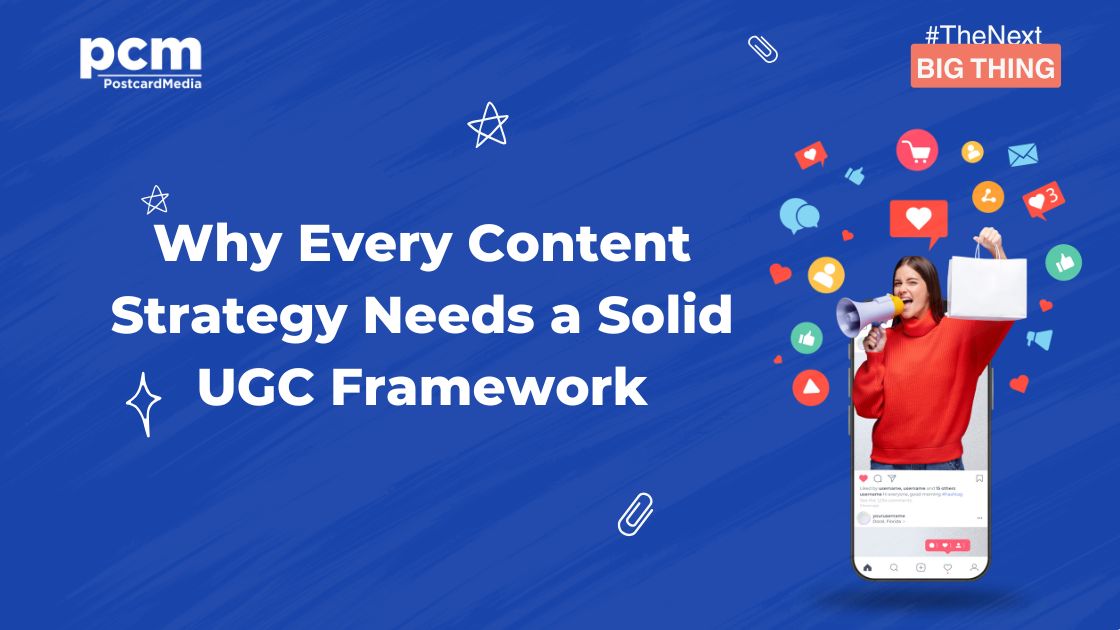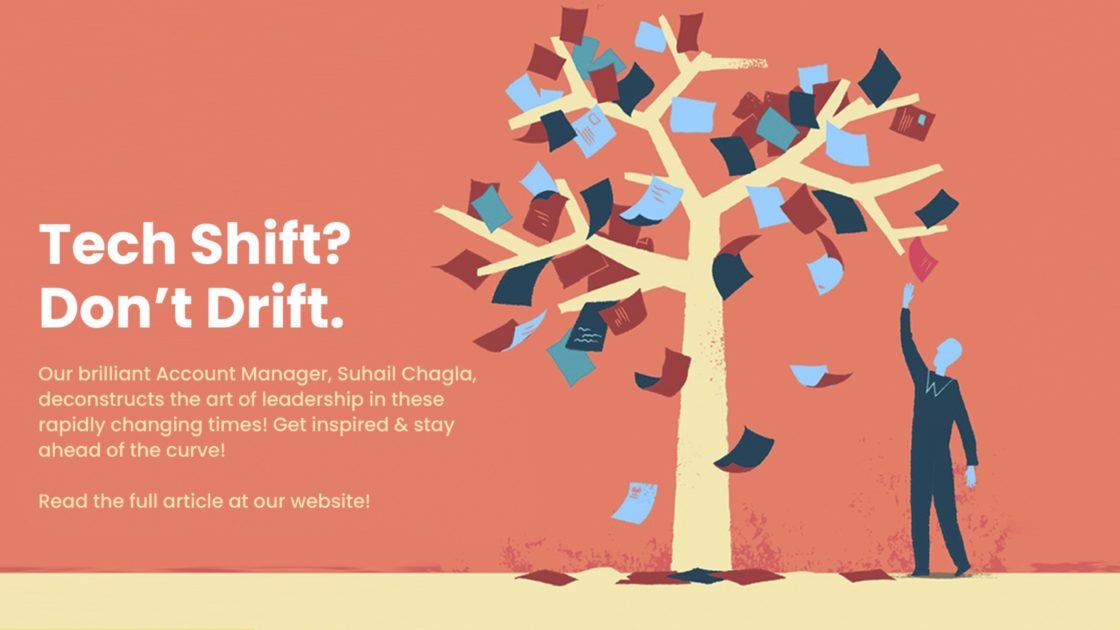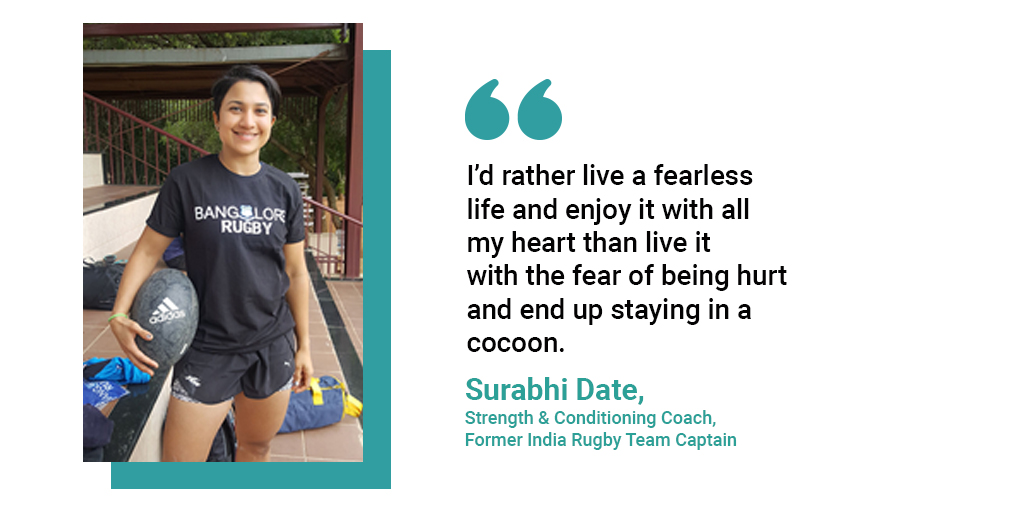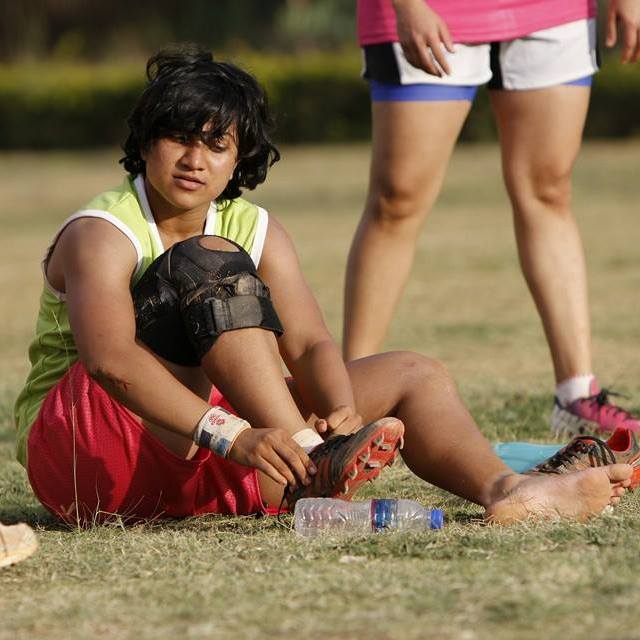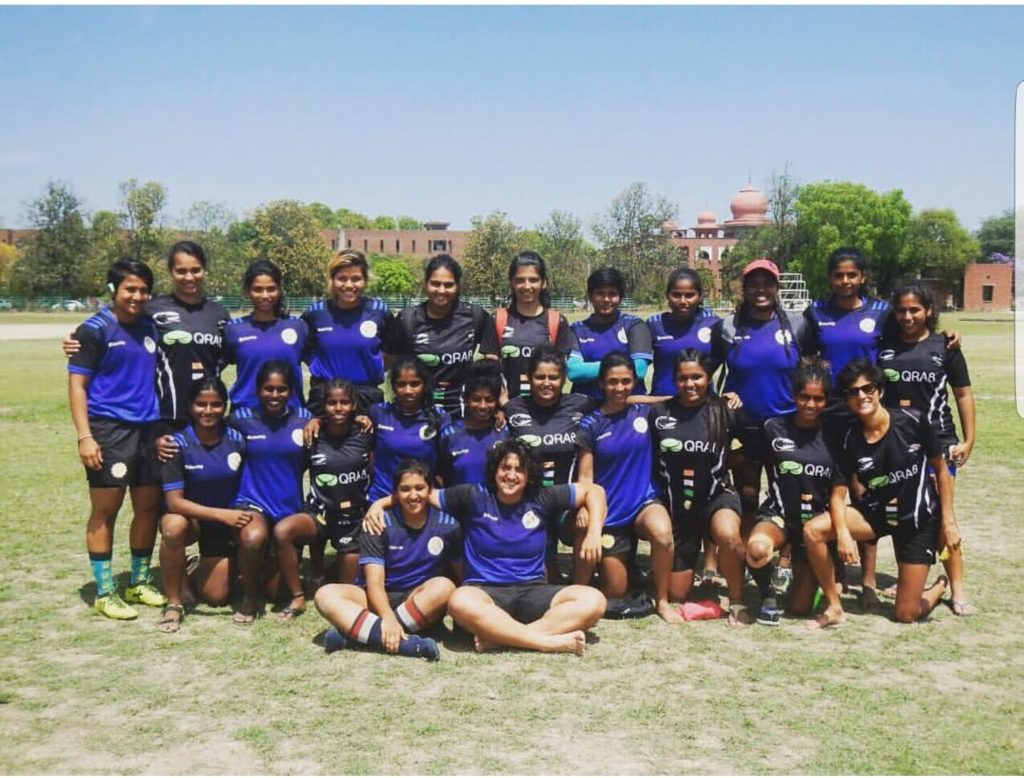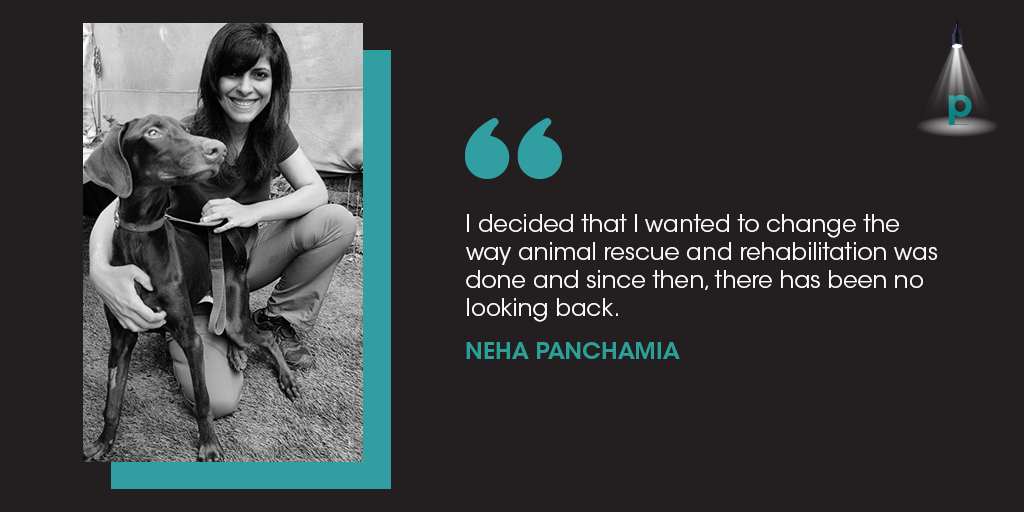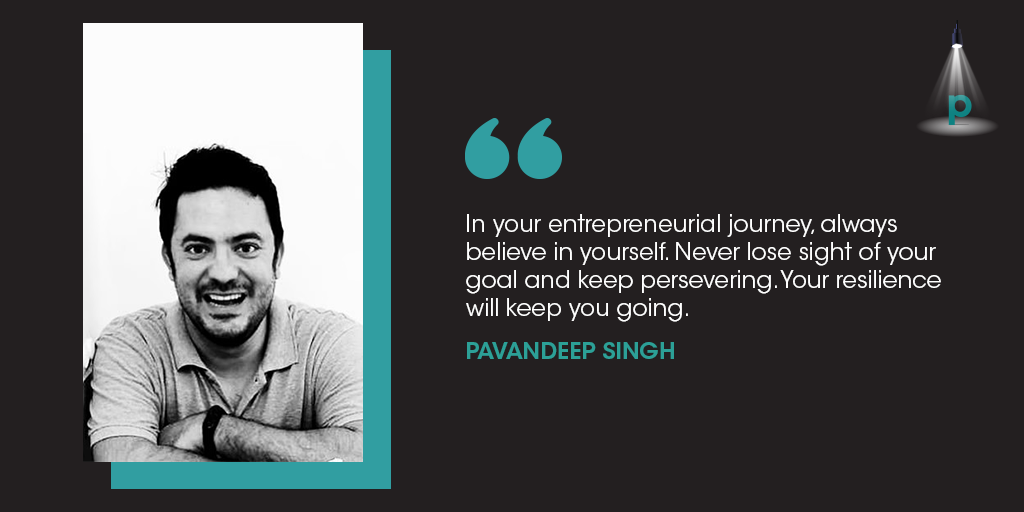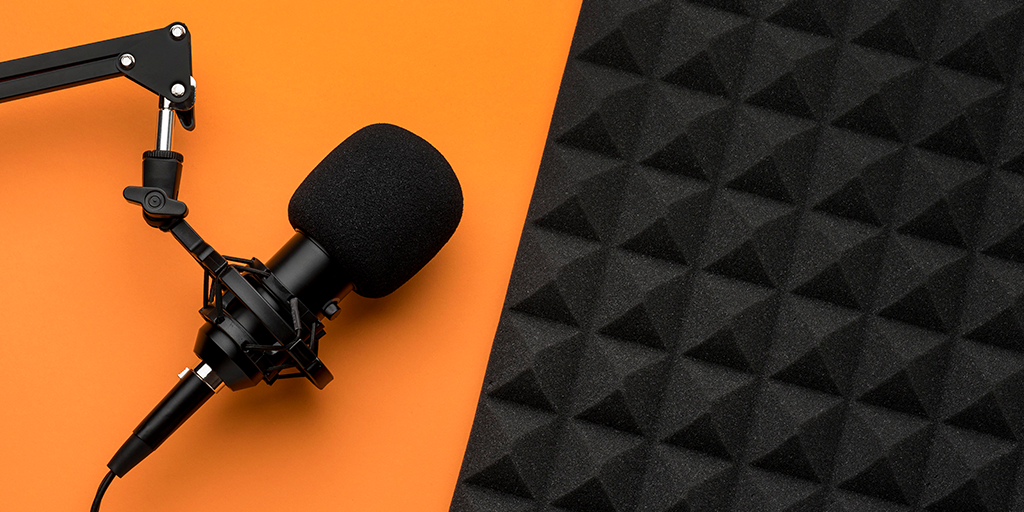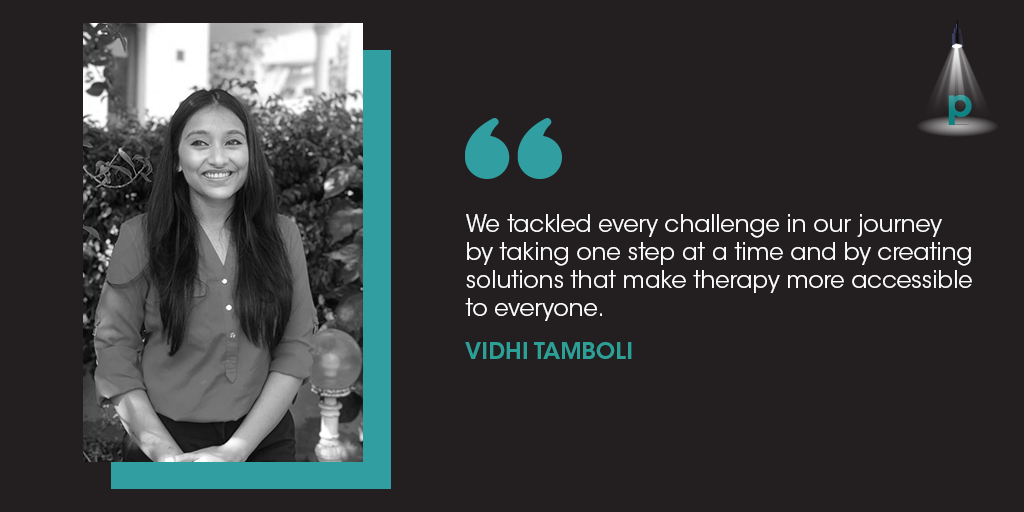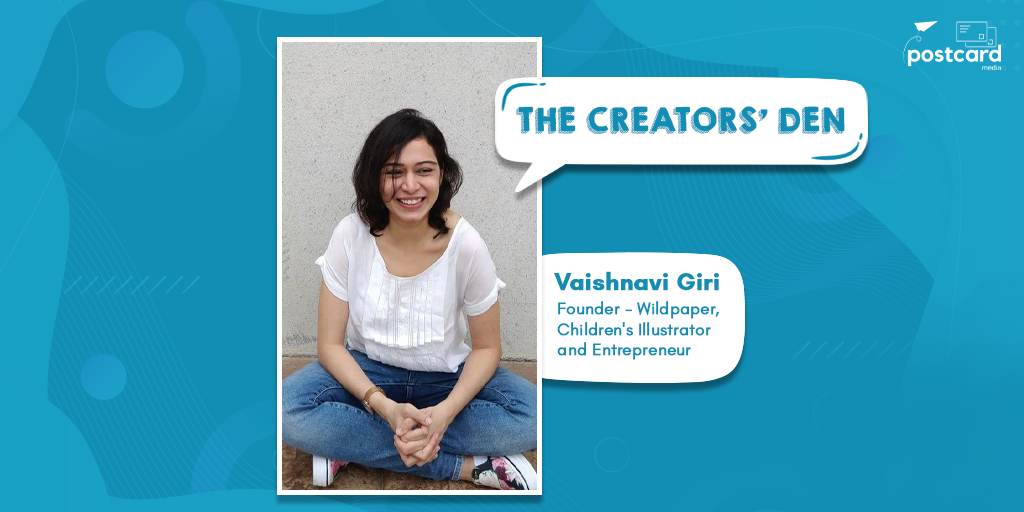Keywords – Content Strategy, Online Marketing, Content Marketing, Online Marketing in Mumbai
And how authentic voices cut through the clutter — especially for new brands.
In an age of AI-generated everything and ad fatigue, there’s one content stream that still stops the scroll: genuine, real-life stories from real people.
That’s User-Generated Content (UGC) — and it’s no longer just a “nice-to-have.” It’s the difference between a brand that feels like a friend, and one that gets skipped over like a banner ad on a busy website.
Especially in sectors like healthcare, wellness, and food & beverage, where trust, relatability, and emotion drive decisions, UGC offers something no polished content marketing campaign can: proof of impact from real lives.
Why UGC Works So Well
UGC isn’t just online marketing. It’s modern word-of-mouth. It:
- Feels raw and real, not staged.
- Is driven by community, not brand ego.
- Reflects diversity of experience — something polished campaigns often miss.
- Offers peer validation — the modern consumer’s most trusted review system.
And most importantly? It builds emotional equity.
For New Brands, UGC Is a Shortcut to Credibility
When you’re new on the block — especially in high-trust industries like healthcare or F&B — you don’t have legacy or mass recall. What you can have is voices of those you’ve already served. Happy clients, excited customers, and community champions are your best PR for online marketing in Mumbai.
Building a UGC Framework: Not Just Luck, But a Strategy
Here are a few brands that have worked with Postcard Media have used UGC to scale:
Aastrika Midwifery Centre
In a space where maternity experiences are deeply personal, Aastrika uses UGC to spotlight real birth stories, partner testimonials, and mom-to-mom conversations.
This approach humanizes maternal care and builds a support network that extends far beyond the hospital walls.
See Aastrika in action →
Upurfit
Wellness journeys are never one-size-fits-all. By inviting real clients and athletes to share transformation videos, daily exercise routines, or honest challenges, Upurfit creates a safe and motivating space.
UGC here isn’t about showing perfection — it’s about progress.
Follow the fitness community →
🎢 Della Adventures
From adrenaline junkies ziplining to families on staycations, every visitor becomes a content creator.
Della leverages these organic moments with #DellaVibes — capturing not just the rides, but the joy, laughter, and memories made.
Experience the thrill →
So, How Do You Build a UGC Strategy That Works?
Here’s a 5-step framework to get started:
1. Make It Easy to Contribute
Add clear CTAs like “Tag us to get featured” or “Use our hashtag.” Your audience wants to share — give them a door.
2. Curate With Purpose
Don’t just repost for the sake of it. Choose stories that align with your values, customer journey, or campaign goals.
3. Celebrate the Creators
Give shoutouts, send little surprises, or just say thank you. Recognition makes contributors feel valued — and builds loyalty.
4. Blend It into Paid
The best-performing ads these days? Look like a friend’s story. Use strong UGC in your media mix.
5. Keep It Real
Don’t over-edit or stage it. Let authenticity shine through — that’s the magic ingredient.
In Conclusion: UGC Goes Beyond Content, and Into Culture!
In a world that’s endlessly polished, people crave raw, honest, relatable moments. UGC gives your brand that voice. Not just louder — realer.
And for new brands looking to make a mark, it’s the most powerful, cost-effective, and community-led content strategy you can lean into.
Need help building your UGC strategy?
At Postcard Media, we’ve helped brands across healthcare, wellness, and experiences harness the power of UGC to create content that truly connects. Let’s co-create with your community.

